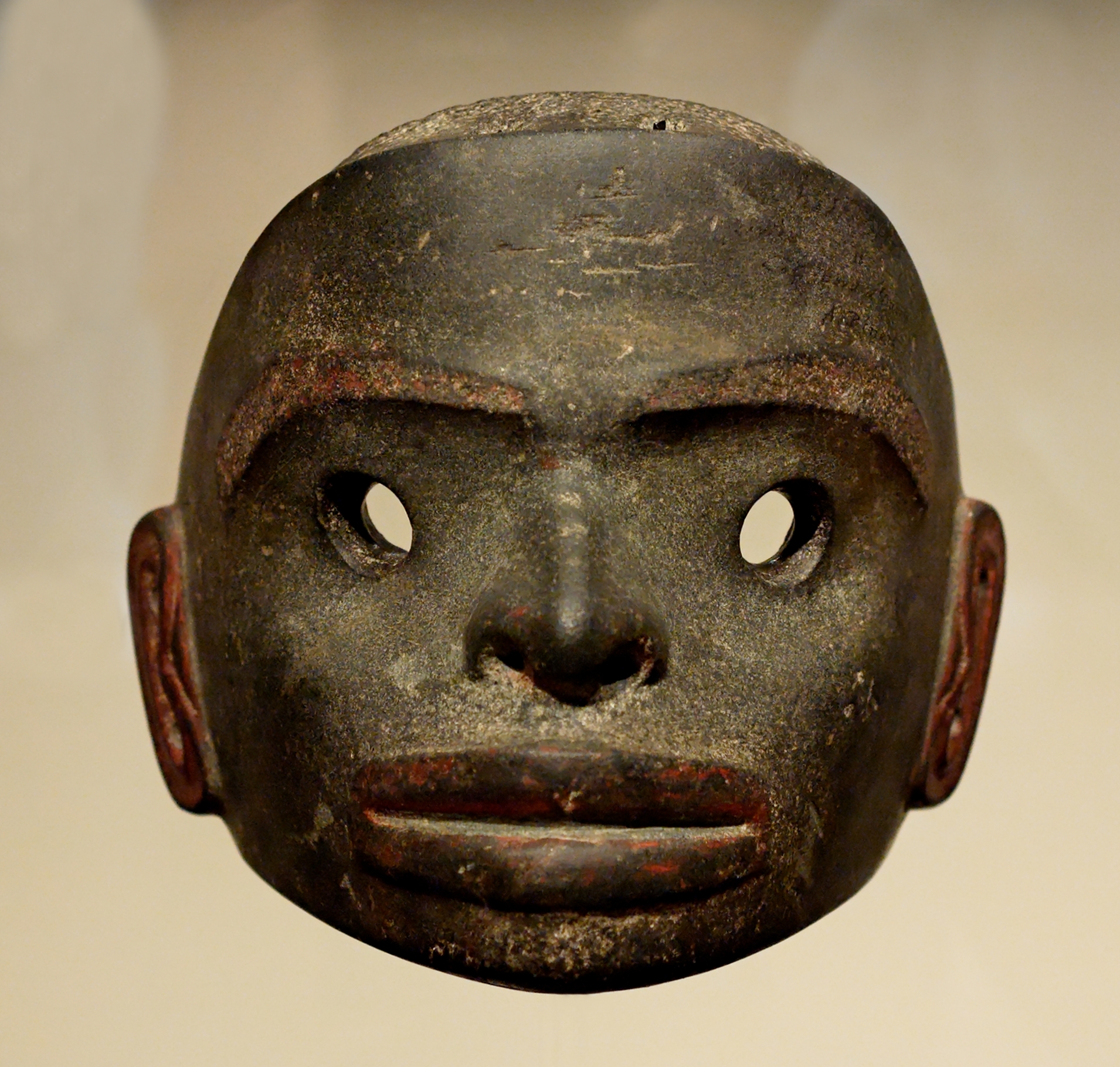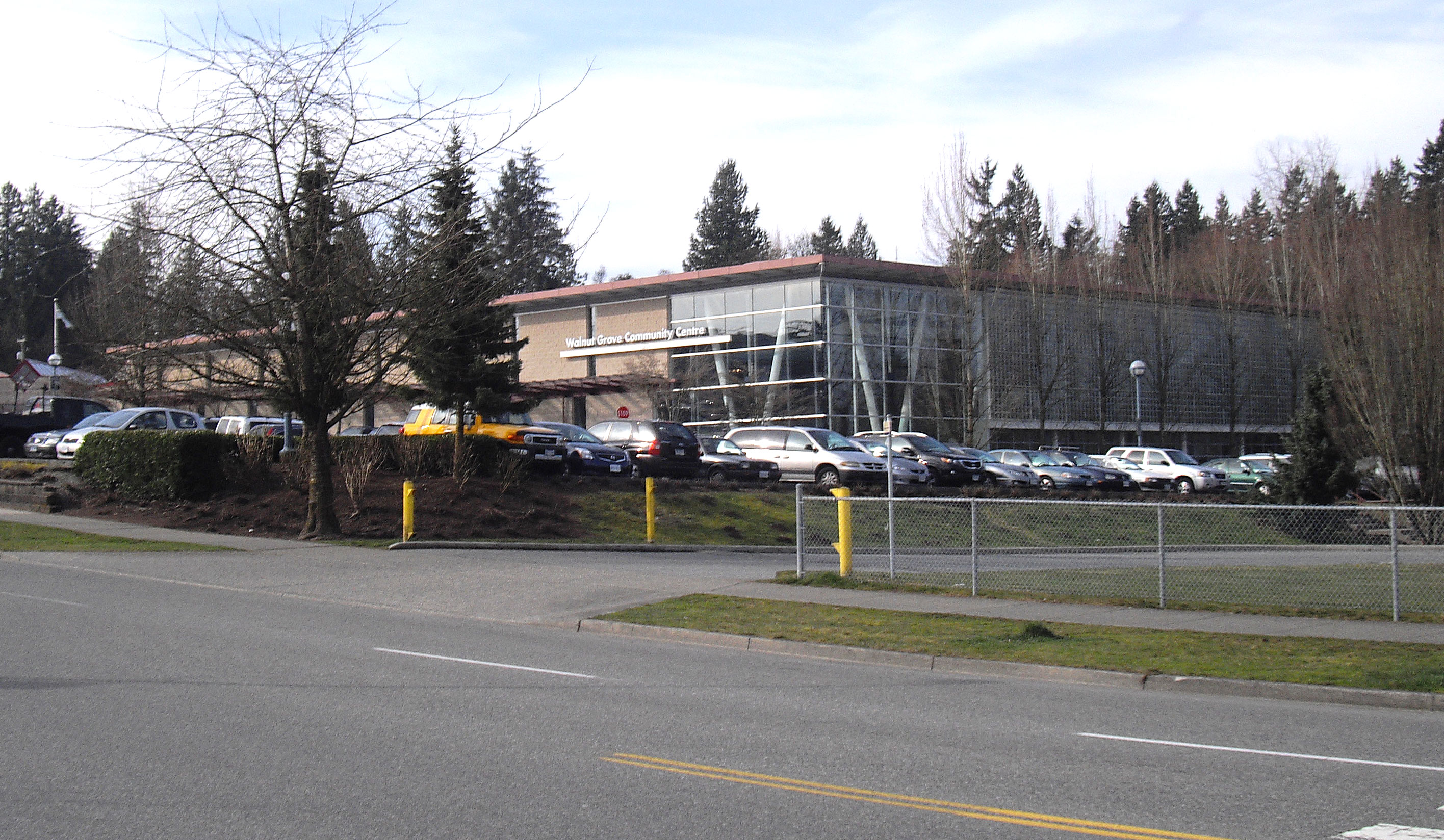|
Lax̱g̱altsʼap
Lax̱g̱altsap (also Laxqaltsap, and formerly Lachkaltsap or Greenville) is a Nisg̱a’a village of approximately 474, in the Nass River valley of British Columbia, Canada. It is one of the four main villages in the Nisg̱a’a Lisims, the formal name for their territory, and is situated on the north side of the Nass River between Gitwinksihlkw to the east and Ging̱olx to the west. It is approximately 24 km from where the Nass empties into the Pacific Ocean at Nass Bay. Road access is via the Nisga'a Highway. Name origin In the Nisg̱a’a language, Lax̱g̱altsap translates to "village on village"—the current village was built on the site of a much older one. The older village at this site, known as Gitxatin, was destroyed by fire. Lax̱g̱altsap got its English name of Greenville (pron. ) from Methodist Missionary Alfred Green, who was based here in the late 19th century. Until reconstituted as a Nisg̱a’a Village in 2000 by the terms of the Nisga'a Treaty, Lax̱ ... [...More Info...] [...Related Items...] OR: [Wikipedia] [Google] [Baidu] |
Nisga'a Villages
The Nisga’a , often formerly spelled Nishga and spelled in the Nisga'a language as (pronounced ), are an Indigenous people of Canada in British Columbia. They reside in the Nass River valley of northwestern British Columbia. The name is a reduced form of , which is a loan word from Tongass Tlingit, where it means "people of the Nass River". The official languages of Nisg̱a’a are the Nisg̱a’a language and English. Nisga’a culture Society Nisga’a society is organized into four tribes: * Ganhada (G̱anada, Raven) * Gispwudwada (Gisḵ’aast, Killer Whale) * Laxgibuu (Lax̱gibuu, Wolf) * Laxsgiik (Lax̱sgiik, Eagle) Each tribe is further sub-divided into house groups – extended families with same origins. Some houses are grouped together into clans – grouping of Houses with same ancestors. Example: *Lax̱gibuu Tribe (Wolf Tribe) ** Gitwilnaak’il Clan (People Separated but of One) *** House of Duuḵ *** House of K’eex̱kw *** House of Gwingyoo Traditional ... [...More Info...] [...Related Items...] OR: [Wikipedia] [Google] [Baidu] |
Nisga'a People
The Nisga’a , often formerly spelled Nishga and spelled in the Nisga'a language as (pronounced ), are an Indigenous people of Canada in British Columbia. They reside in the Nass River valley of northwestern British Columbia. The name is a reduced form of , which is a loan word from Tongass Tlingit, where it means "people of the Nass River". The official languages of Nisg̱a’a are the Nisg̱a’a language and English. Nisga’a culture Society Nisga’a society is organized into four tribes: * Ganhada (G̱anada, Raven) * Gispwudwada (Gisḵ’aast, Killer Whale) * Laxgibuu (Lax̱gibuu, Wolf) * Laxsgiik (Lax̱sgiik, Eagle) Each tribe is further sub-divided into house groups – extended families with same origins. Some houses are grouped together into clans – grouping of Houses with same ancestors. Example: *Lax̱gibuu Tribe (Wolf Tribe) ** Gitwilnaak’il Clan (People Separated but of One) *** House of Duuḵ *** House of K’eex̱kw *** House of Gwingyoo ... [...More Info...] [...Related Items...] OR: [Wikipedia] [Google] [Baidu] |
Nisga’a
The Nisga’a , often formerly spelled Nishga and spelled in the Nisga'a language as (pronounced ), are an Indigenous people of Canada in British Columbia. They reside in the Nass River valley of northwestern British Columbia. The name is a reduced form of , which is a loan word from Tongass Tlingit, where it means "people of the Nass River". The official languages of Nisg̱a’a are the Nisg̱a’a language and English. Nisga’a culture Society Nisga’a society is organized into four tribes: * Ganhada (G̱anada, Raven) * Gispwudwada (Gisḵ’aast, Killer Whale) * Laxgibuu (Lax̱gibuu, Wolf) * Laxsgiik (Lax̱sgiik, Eagle) Each tribe is further sub-divided into house groups – extended families with same origins. Some houses are grouped together into clans – grouping of Houses with same ancestors. Example: *Lax̱gibuu Tribe (Wolf Tribe) ** Gitwilnaak’il Clan (People Separated but of One) *** House of Duuḵ *** House of K’eex̱kw *** House of Gwingyoo Traditi ... [...More Info...] [...Related Items...] OR: [Wikipedia] [Google] [Baidu] |
Nisga'a Museum
The Nisga’a , often formerly spelled Nishga and spelled in the Nisga'a language as (pronounced ), are an Indigenous people of Canada in British Columbia. They reside in the Nass River valley of northwestern British Columbia. The name is a reduced form of , which is a loan word from Tongass Tlingit, where it means "people of the Nass River". The official languages of Nisg̱a’a are the Nisg̱a’a language and English. Nisga’a culture Society Nisga’a society is organized into four tribes: * Ganhada (G̱anada, Raven) * Gispwudwada (Gisḵ’aast, Killer Whale) * Laxgibuu (Lax̱gibuu, Wolf) * Laxsgiik (Lax̱sgiik, Eagle) Each tribe is further sub-divided into house groups – extended families with same origins. Some houses are grouped together into clans – grouping of Houses with same ancestors. Example: *Lax̱gibuu Tribe (Wolf Tribe) ** Gitwilnaak’il Clan (People Separated but of One) *** House of Duuḵ *** House of K’eex̱kw *** House of Gwingyoo Traditional ... [...More Info...] [...Related Items...] OR: [Wikipedia] [Google] [Baidu] |
Nisga'a
The Nisga’a , often formerly spelled Nishga and spelled in the Nisga'a language as (pronounced ), are an Indigenous people of Canada in British Columbia. They reside in the Nass River valley of northwestern British Columbia. The name is a reduced form of , which is a loan word from Tongass Tlingit, where it means "people of the Nass River". The official languages of Nisg̱a’a are the Nisg̱a’a language and English. Nisga’a culture Society Nisga’a society is organized into four tribes: * Ganhada (G̱anada, Raven) * Gispwudwada (Gisḵ’aast, Killer Whale) * Laxgibuu (Lax̱gibuu, Wolf) * Laxsgiik (Lax̱sgiik, Eagle) Each tribe is further sub-divided into house groups – extended families with same origins. Some houses are grouped together into clans – grouping of Houses with same ancestors. Example: *Lax̱gibuu Tribe (Wolf Tribe) ** Gitwilnaak’il Clan (People Separated but of One) *** House of Duuḵ *** House of K’eex̱kw *** House of Gwingyoo ... [...More Info...] [...Related Items...] OR: [Wikipedia] [Google] [Baidu] |
Nisga'a Language
Nisga’a (also Nass, Nisgha, Nisg̱a’a, Nishka, Niska, Nishga, Nisqa’a) is a Tsimshianic language of the Nisga'a people of northwestern British Columbia. Nisga'a people, however, dislike the term ''Tshimshianic'' as they feel that it gives precedence to Coast Tsimshian. Nisga’a is very closely related to Gitxsan. Indeed, many linguists regard Nisga’a and Gitksan as dialects of a single Nass–Gitksan language. The two are generally treated as distinct languages out of deference to the political separation of the two groups. History and usage Like almost all other First Nations languages of British Columbia, Nisga’a is an endangered language. In the 2018 Report on the Status of B.C. First Nations Languages, there were 311 fluent speakers and 294 active language learners reported in a population of 6,113. Anglican missionary James Benjamin McCullagh conducted much early linguistic work in Nisga’a, preparing translations of parts of the Bible and Book of Common Pray ... [...More Info...] [...Related Items...] OR: [Wikipedia] [Google] [Baidu] |
Nisga'a Treaty
The Nisga'a Final Agreement, also known as the Nisga'a Treaty, is a treaty that was settled between the Nisg̱a'a, the government of British Columbia, and the Government of Canada that was signed on 27 May 1998 and came into effect on May 11, 2000. As part of the settlement in the Nass River valley nearly of land was officially recognized as Nisg̱a'a, and a (approx. 240,000 acre-feet) water reservation was also created. Bear Glacier Provincial Park was also created as a result of this agreement. Thirty-one Nisga'a placenames in the territory became official names. The land-claim settlement was the first formal modern day comprehensive treaty in the province— the first signed by a First Nation in British Columbia since the Douglas Treaties in 1854 (pertaining to areas on Vancouver Island) and Treaty 8 in 1899 (pertaining to northeastern British Columbia). The agreement gives the Nisga'a control over their land, including the forestry and fishing resources contained in i ... [...More Info...] [...Related Items...] OR: [Wikipedia] [Google] [Baidu] |
Designated Places In British Columbia
A designated place is a type of geographic unit used by Statistics Canada to disseminate census data. It is usually "a small community that does not meet the criteria used to define incorporated municipalities or Statistics Canada population centres (areas with a population of at least 1,000 and no fewer than 400 persons per square kilometre)." Provincial and territorial authorities collaborate with Statistics Canada in the creation of designated places so that data can be published for sub-areas within municipalities. Starting in 2016, Statistics Canada allowed the overlapping of designated places with population centres. In the 2021 Census of Population, British Columbia had 332 designated places, an increase from 326 in 2016. Designated place types in British Columbia include 55 Indian reserves, 13 island trusts, 5 Nisga'a villages The Nisga’a , often formerly spelled Nishga and spelled in the Nisga'a language as (pronounced ), are an Indigenous people of Canada in ... [...More Info...] [...Related Items...] OR: [Wikipedia] [Google] [Baidu] |
Gitlakdamix, British Columbia
Gitlax̱t'aamiks , formerly New Aiyansh , is a Nisga'a village about north of Terrace, in the heart of the Nass River valley, Canada. It is one of four Nisga'a villages. Though it is located in British Columbia, it is also considered the "capital of the Nisga'a Nation." The Nisg̱a'a Lisims Government building (), which opened in 2000, is located here. The area is home to 806 people and the Nisga'a Memorial Lava Bed Provincial Park. Gitlax̱t'aamiks is located overlooking a lava flow that erupted in the 18th century. The source for this lava flow was the Tseax Cone. In front of the Nisga'a Elementary Secondary School stands the Unity Totem Pole which, raised in 1977, was the first totem pole raised in the Nass Valley since the late 19th century. Name origin ''Gitlax̱t'aamiks'' means "people of the ponds" in the Nisga'a language. The name New Aiyansh was established in 1974. Though the name Aiyansh was originally at a location 3 miles to the northeast, maps now show both Aiy ... [...More Info...] [...Related Items...] OR: [Wikipedia] [Google] [Baidu] |
School District 92 Nisga'a
School District 92 Nisga'a is a school district in British Columbia, Canada. Situated in the Nass River valley it covers the First Nations area of the Nisga'a people north of Terrace. This includes the communities of Gitlaxt'aamiks (or New Aiyansh), Gitwinksihlkw (or Canyon City), Laxgalts'ap (or Greenville), Gingolx (or Kincolith), and the surrounding settlements. History School District 92 Nisga'a was created January 1, 1975 as the first aboriginal school district in the province. There has been a steady decline in the number of students over the past several years. In September 2010, there were 422 students in Grades K-12. School populations range from 46 students in the smallest elementary school to 241 in the combined elementary/secondary school located in the largest community. There are 44 students designated as having special needs, within the Ministry of Education categories. Half of our students—212 students—receive English Language Development progra ... [...More Info...] [...Related Items...] OR: [Wikipedia] [Google] [Baidu] |
British Columbia
British Columbia (commonly abbreviated as BC) is the westernmost Provinces and territories of Canada, province of Canada, situated between the Pacific Ocean and the Rocky Mountains. It has a diverse geography, with rugged landscapes that include rocky coastlines, sandy beaches, forests, lakes, mountains, inland deserts and grassy plains, and borders the province of Alberta to the east and the Yukon and Northwest Territories to the north. With an estimated population of 5.3million as of 2022, it is Canada's Population of Canada by province and territory, third-most populous province. The capital of British Columbia is Victoria, British Columbia, Victoria and its largest city is Vancouver. Vancouver is List of census metropolitan areas and agglomerations in Canada, the third-largest metropolitan area in Canada; the 2021 Canadian census, 2021 census recorded 2.6million people in Metro Vancouver Regional District, Metro Vancouver. The First Nations in Canada, first known human inhabi ... [...More Info...] [...Related Items...] OR: [Wikipedia] [Google] [Baidu] |




